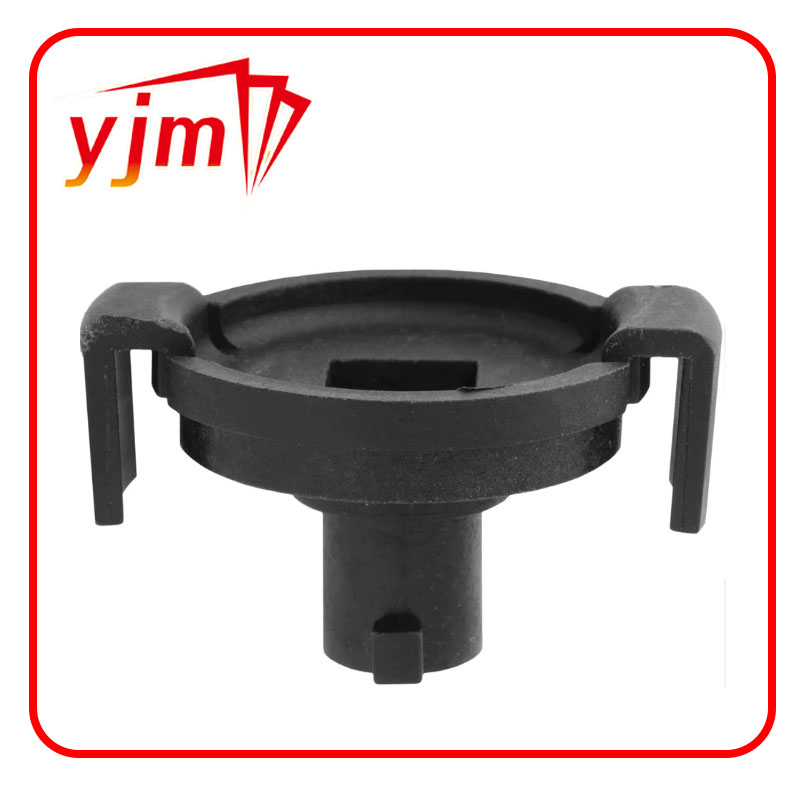Oil seal for axle shaft ensuring optimal performance and preventing leaks.

axle shaft oil seal. This can often be seen as a puddle of oil forming underneath the vehicle. Another sign is a noticeable decrease in oil levels in the differential housing, which may require more frequent top-ups. If you suspect that your axle shaft oil seal is failing, it is important to have it inspected and replaced as soon as possible. Ignoring a faulty oil seal can lead to more serious and costly damage to the drivetrain system. Replacing an axle shaft oil seal is a relatively straightforward process that can typically be done by a professional mechanic. In conclusion, the axle shaft oil seal may be a small component, but it plays a crucial role in keeping your vehicle's drivetrain system running smoothly. Regular inspections and maintenance of this seal can help prevent oil leakage and ensure the longevity of your axle shaft and other drivetrain components. If you notice any signs of a failing oil seal, don't hesitate to have it checked out and replaced promptly.
-
Understanding the Importance of the Crankshaft Oil Seal in Engine Performance
News Jun.16,2025
-
The Unsung Heroes of Engine Protection: Understanding Automotive Shaft Seals and Oil Seals
News Jun.16,2025
-
Keeping the Engine Tight: The Role of Crankshaft Seals and Gaskets in Oil Control
News Jun.16,2025
-
Complete Protection in Harsh Conditions: A Deep Dive into Cassette Seals
News Jun.16,2025
-
Choosing the Right Oil Seal: A Guide to Trusted Brands and Suppliers
News Jun.16,2025
-
Advanced Sealing Technologies: Exploring the Range of Modern Oil Seals
News Jun.16,2025
-
Your Essential Guide to Car Repair Kits: From Rust to Dings
News Jun.13,2025
Products categories















